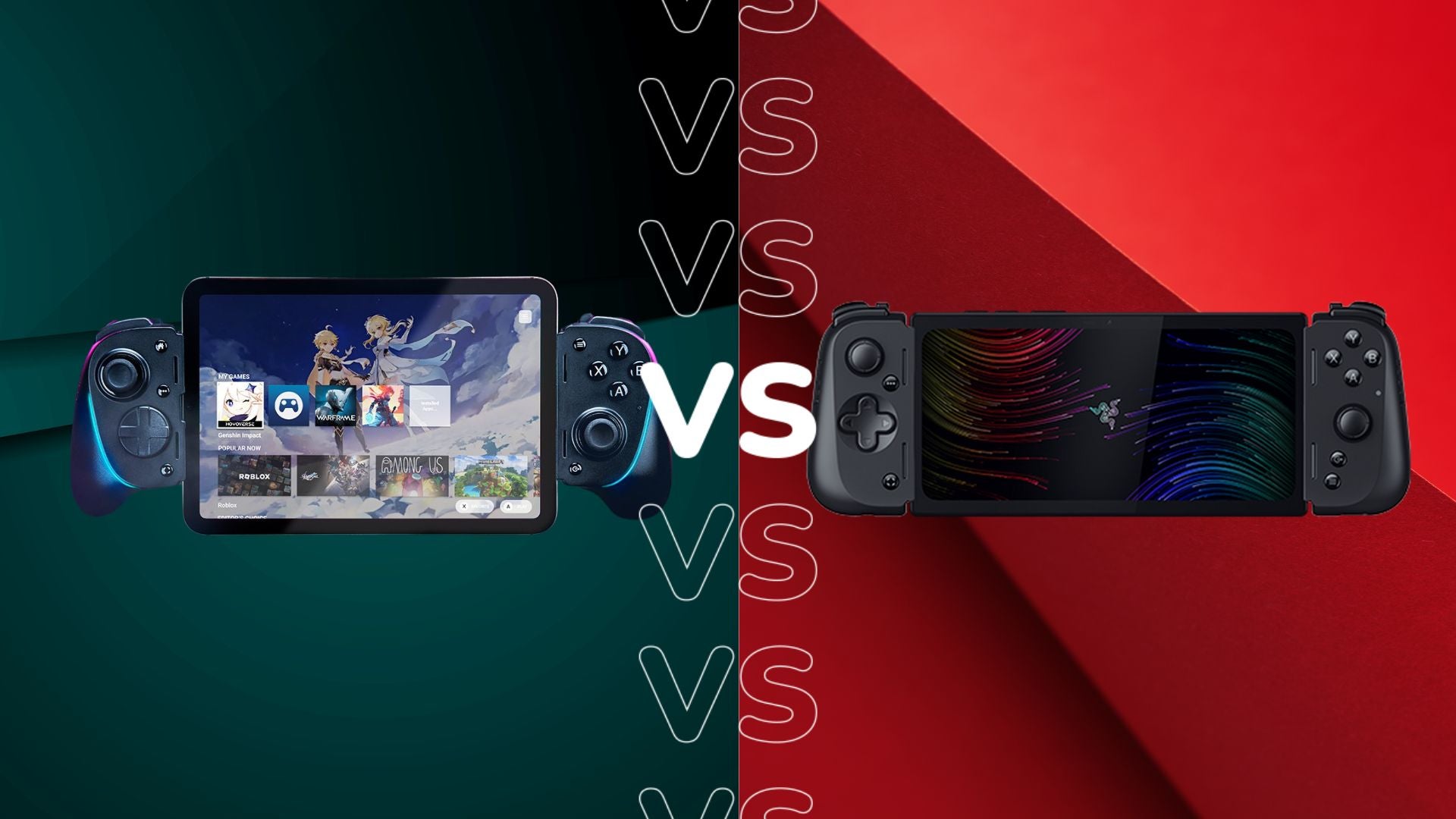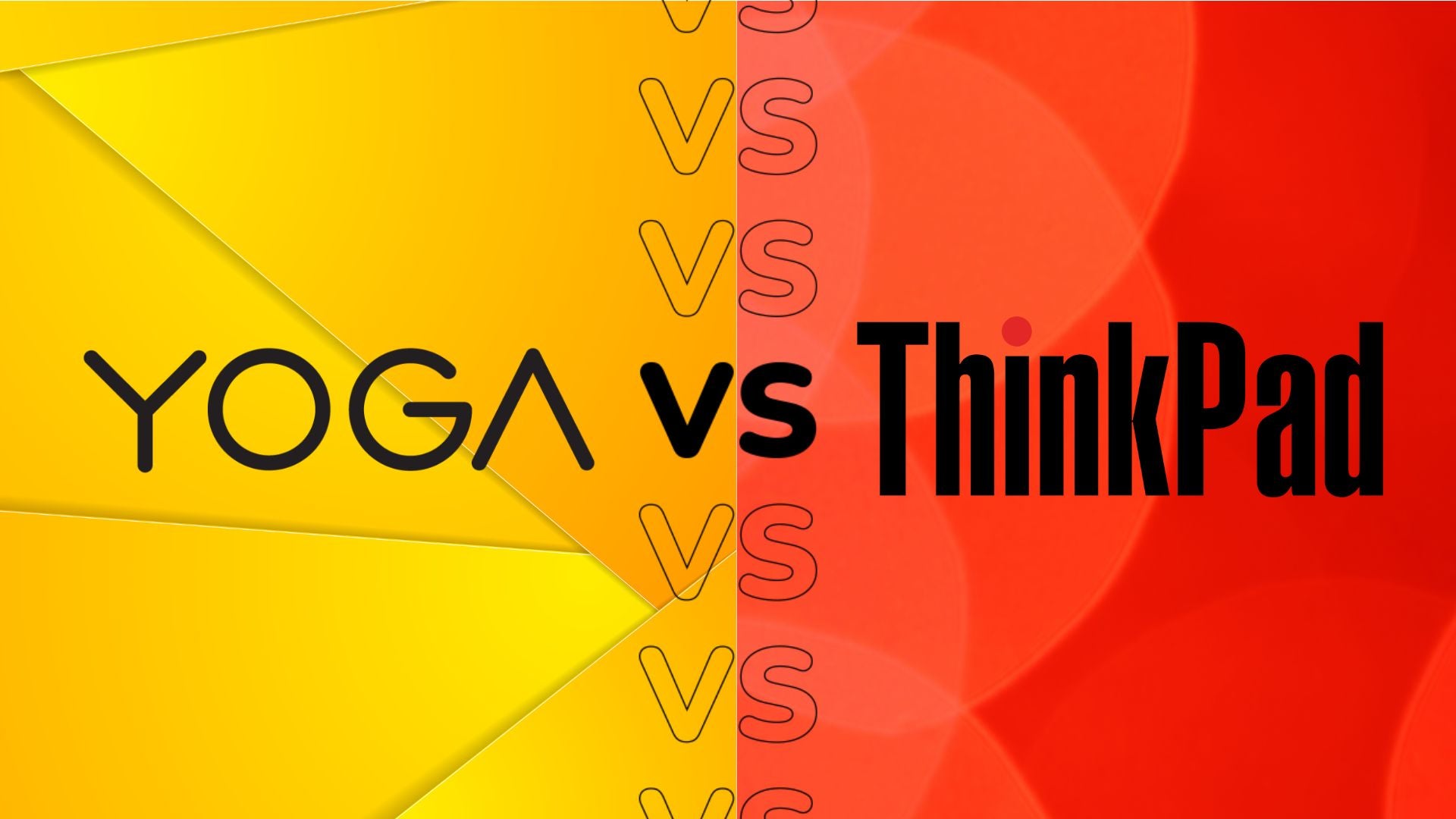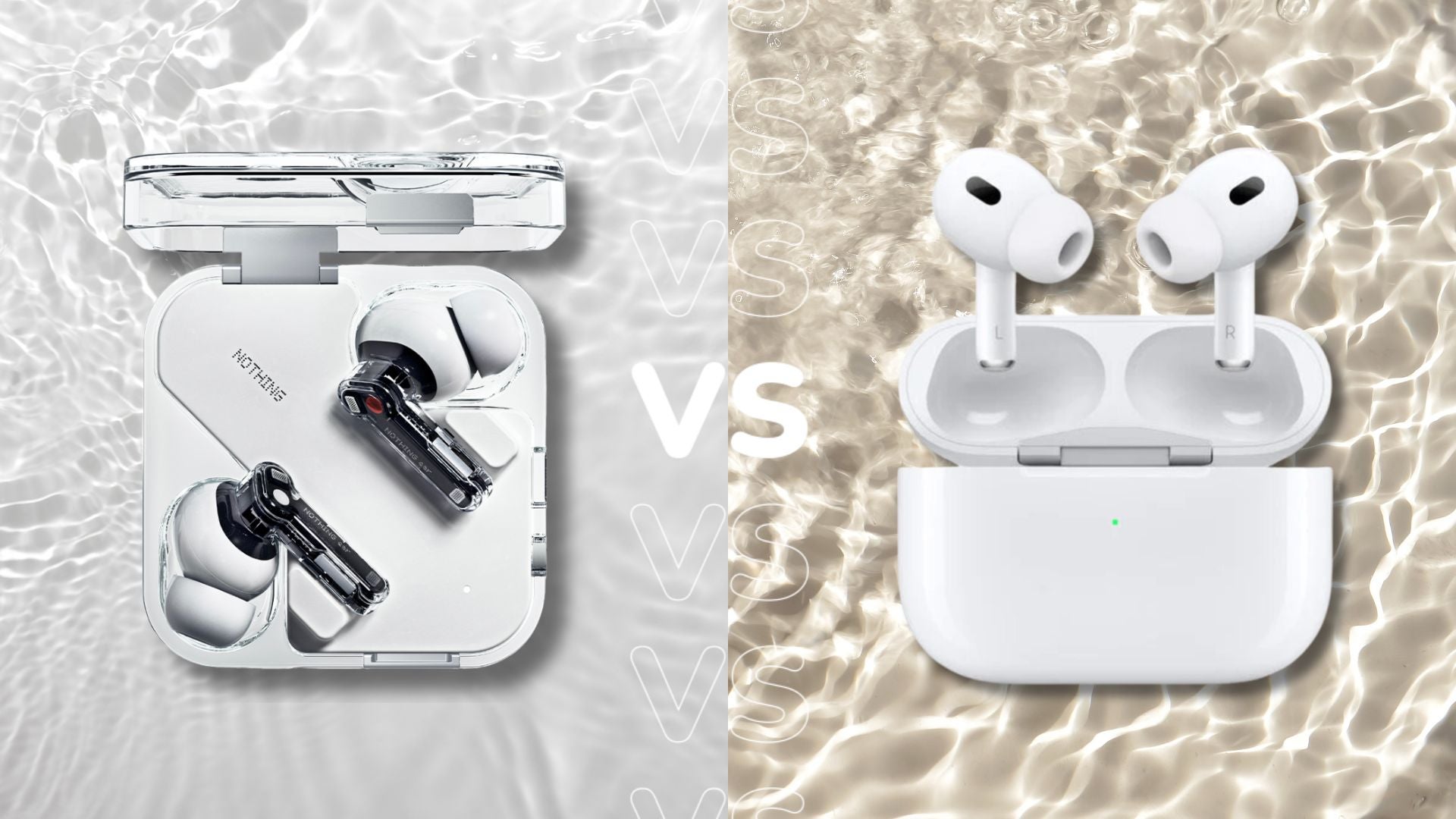Snapdragon 8 Gen 1 vs Google Tensor: Which is better?
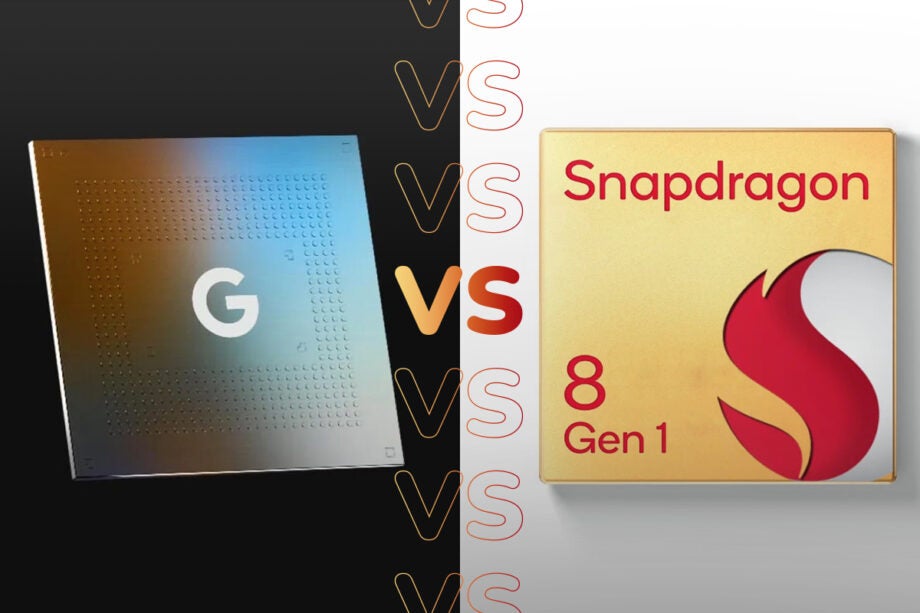
Here are all the ways that the Snapdragon 8 Gen 1 chip differs from Tensor, the first mobile platform made by Google for its latest smartphones.
Qualcomm’s just unveiled its latest chipset, the Snapdragon 8 Gen 1, which is here to replace the previous Snapdragon 888 flagship and be the go-to chip for premium Android phones in 2022.
While we haven’t had the chance to test out the latest chip just yet, here is everything we know about Qualcomm’s chip and how it compares to the already available Google Tensor, which made its debut in Google’s Pixel 6 line of smartphones.
CPU
The latest Qualcomm chipset is now the second mobile platform that has been manufactured using the 4nm process, while Google Tensor is still using Samsung’s previous-generation 5nm system.
Smaller processes suggest that the Snapdragon 8 Gen 1 could see potentially see better efficiency than Google Tensor.
Snapdragon 8 Gen 1 is also based on ARM v9 architecture, which is likely to offer improved thermals compared to Snapdragon 888, which was known for overheating issues. While we won’t have a final verdict until a Snapdragon 8 Gen 1-powered phone comes in for testing, we can expect that ARM v9 architecture will be more efficient than Tensor.
GPU
Snapdragon 8 Gen 1 comes packed with the re-architectured Qualcomm Adreno GPU, which offers up 30% more power and 25% more efficiency than its predecessor.
Google Tensor meanwhile uses a 20-core variant of ARM Mali-G78 MP20 GPU, which is an integrated high-end graphics adaptor.
We will run the numbers on the Snapdragon 8 when we get the chance, but we do know that the Tensor scores 6,300 points in the 3DMark Wildlife Benchmark test, so we’ll have to see how Qualcomm compares.
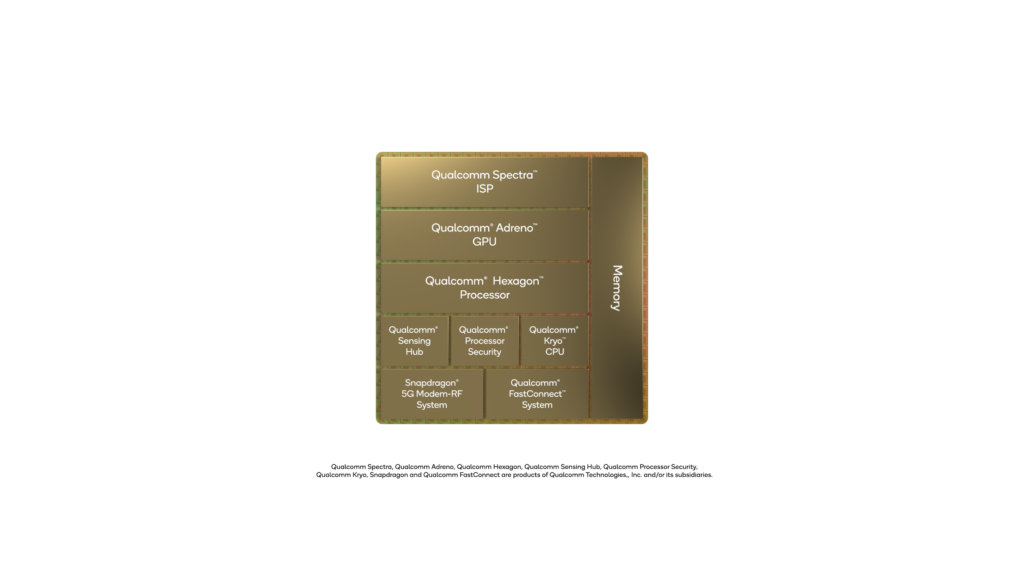
Camera
The latest chip from Qualcomm is the company’s first-ever 18-bit Image Signal Processor (ISP) that can capture over 4000x more camera data than its predecessor. The Snapdragon 888 had a 14-bit ISP, meaning it can’t capture as much data as quickly.
Snapdragon Sight is the branding for the new ISP; it can capture up to 3.2Gbps, as well as record 8K HDR video at 30fps. You can record in 4K as well, at a higher rate of 120fps.
On the other hand, Google Tensor features the HDRnet algorithm for processing Live HDR+ videos. It can record in 4K at 60fps, but that’s where it caps out. However, Tensor does bring other things to the table in terms of its camera, with the Magic Eraser tool that allows users to remove unwanted objects or people from their photos.
Some other new features include Real Tone, which better depicts various skin tones in video and photographs. Since we haven’t tested Snapdragon 8 yet we can’t make any definitive conclusions, but it looks like Qualcomm is more interested in making improvements under the hood while Google is looking to create an experience for its users.
AI
Snapdragon 8 Gen 1 is packing the 7th-generation Qualcomm AI Engine, which now offers 2x faster tensor accelerator and shared memory than the Snapdragon 888 chip could.
Qualcomm also updated its Sensing Hub; this 3rd-generation model processes more data and has better AI-enabled imaging capabilities, as was mentioned previously in the camera capabilities.
The new chip also features Face Hugging, which can analyse and prioritise your notifications for a more streamlined experience. Sonde Health’s on-device AI can also analyse the user’s voice, which in turn can check for possible health conditions, such as asthma, depression or Covid-19.
In the same vein as before, Google Tensor is offering up features of its own, such as Live Translate, which translates your speech in real time into your chosen language. There’s also Motion Mode, which allows users to snap long exposure and action pan shots. Combining these features results in a still image that retains its dynamic motion without looking blurry.
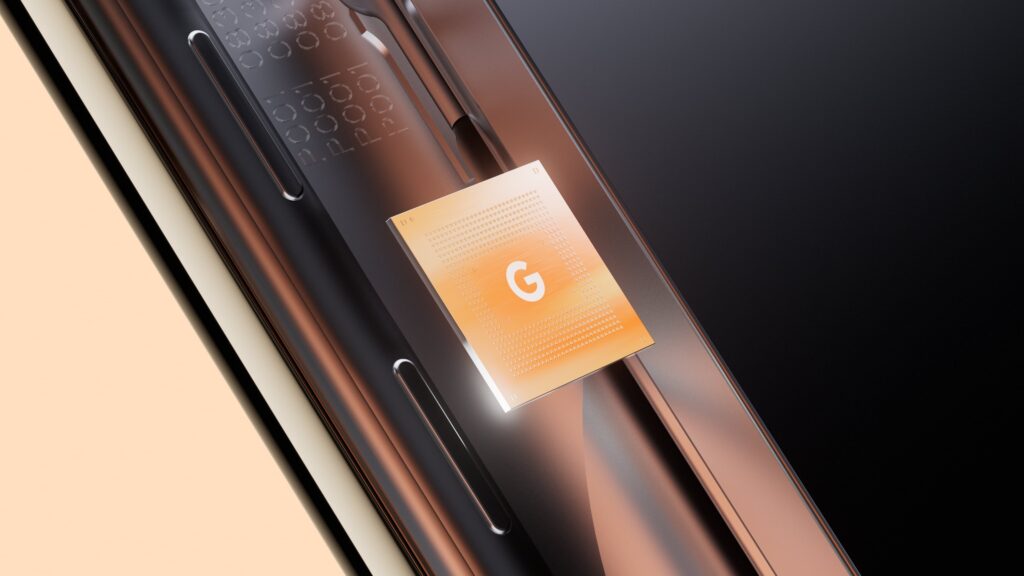
5G
Qualcomm is now using the Snapdragon X65 5G modem. The company hasn’t yet revealed the upload speed, but the modem is capable of offering download speeds of up to 10Gbps.
We know that Google Tensor is using Samsung’s Exynos 5123 modem, which offers 7.35Gbps, and peak download and upload speeds of 3.67Gbps.
Both chips also support Wi-Fi 6 and Wi-Fi 6E, as well as Bluetooth 5.2.
Verdict
Until we can run some in-house tests, it is a little too early to say which chipset is definitively better. However, if Qualcomm is to be believed on these specs, the Snapdragon 8 Gen 1 massively outpaces the Google Tensor chipset.
Tensor is still in the same league as the Snapdragon 888 at the moment, since they both share the same 5nm architecture. It seems that Google is more interested in creating experiences for users and allowing them to get creative with their phones, while Qualcomm is looking to make specific improvements in different areas of the chip to create an overall more powerful device.



